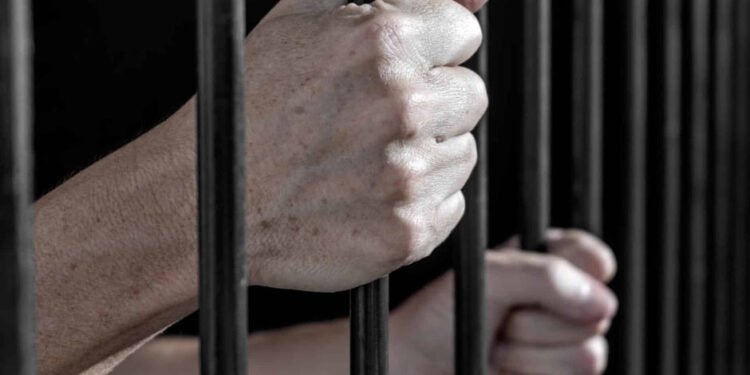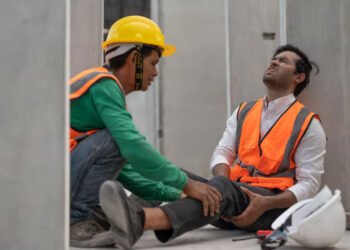When someone is arrested in Cleveland County, OK, the immediate concern for them and their loved ones is how long it will take to get released from jail. The time it takes for a person to be released from jail can vary based on several factors. In this article, we will explore the process of getting released from Cleveland County Jail, including the steps involved, potential delays, and what you can do to expedite the process.
The Arrest and Booking Process
The journey through the Cleveland County Jail system begins with the arrest and booking process. After a person is arrested, they are transported to the Cleveland County Jail, where they undergo the booking procedure. This process includes:
- Recording Personal Information: The arrestee’s name, date of birth, and other personal details are recorded.
- Fingerprinting and Photographing: The individual is fingerprinted, and their mugshot is taken.
- Health Screening: A basic health screening may be conducted to identify any immediate medical needs.
- Search and Confiscation: The individual is searched, and any personal belongings are confiscated and stored.
- Entering the System: The individual’s information is entered into the jail’s system, and they are placed in a holding cell.
The booking process can take anywhere from one to several hours, depending on how busy the jail is at the time of arrest.
Bail Setting and the Arraignment
After booking, the next step in the process is the setting of bail. Bail is a monetary amount set by the court that must be paid to secure the release of the defendant from jail until their court date. The amount of bail is determined by several factors, including:
- Severity of the Offense: More serious charges typically result in higher bail amounts.
- Criminal History: Individuals with a criminal record may face higher bail.
- Flight Risk: If the judge believes the defendant is likely to flee, they may set a higher bail or deny bail altogether.
In some cases, bail is pre-set based on a bail schedule, which allows for quicker release if the arrestee can pay the bail amount immediately. However, in other cases, the defendant must wait for an arraignment, where a judge will determine the bail amount. Arraignments typically occur within 48 hours of the arrest, excluding weekends and holidays.
Posting Bail
Once bail has been set, the next step is posting bail. There are three primary ways to post bail:
- Cash Bail: The full bail amount is paid in cash to the court or jail. If the defendant attends all required court appearances, the bail amount is refunded at the conclusion of the case, minus any court fees.
- Bail Bond: If the defendant or their family cannot afford the full bail amount, they can seek the services of a bail bondsman. The bondsman charges a non-refundable fee, usually 10% of the bail amount, to post a bond on behalf of the defendant. The bond guarantees the defendant’s appearance in court. If the defendant fails to appear, the bondsman is responsible for paying the full bail amount.
- Property Bond: In some cases, the court may accept property as collateral instead of cash. The property must be equal to or greater than the bail amount, and if the defendant fails to appear in court, the property may be seized by the court.
The time it takes to post bail and secure the defendant’s release can vary. If cash bail is paid immediately, the release process can begin almost right away. However, if a bail bond is used, the process may take a bit longer as the paperwork is completed and submitted to the court or jail.
Processing Release
Once bail has been posted, the jail staff must process the defendant’s release. This process can take anywhere from 30 minutes to several hours, depending on several factors:
- Jail Staff Availability: If the jail is understaffed or particularly busy, it may take longer to process the release.
- Verification: The jail must verify that the bail has been posted and all paperwork is in order.
- Administrative Procedures: The jail staff must complete the necessary administrative procedures, including notifying the defendant of their release conditions.
It’s important to note that delays can occur at any stage of the process, especially during weekends, holidays, or periods of high arrest activity.
Factors That Can Delay Release
Several factors can cause delays in the release process, including:
- Outstanding Warrants: If the defendant has outstanding warrants in other jurisdictions, their release may be delayed until those warrants are addressed.
- Holds or Detainers: If the defendant is wanted by another law enforcement agency or is being held for another reason (e.g., immigration detainers), their release may be delayed.
- Court Backlogs: If the court is experiencing a backlog of cases, the arraignment or bail hearing may be delayed, which can extend the time the defendant spends in jail.
- Jail Overcrowding: In some cases, overcrowding in the jail can lead to delays in processing releases.
Expediting the Release Process
While there is no way to guarantee a fast release from jail, there are steps that can be taken to expedite the process:
- Hire a Bail Bondsman Early: Contacting a bail bondsman as soon as possible after the arrest can help speed up the process. The bondsman can start preparing the paperwork and be ready to post bail as soon as it’s set.
- Gather Necessary Information: Having all the necessary information ready, such as the defendant’s full name, date of birth, and the location of the jail, can help the bail bondsman and jail staff process the release more quickly.
- Communicate with the Jail: Staying in communication with the jail staff can help you stay informed about the status of the release process and address any issues that may arise.
If you or a loved one needs help securing a quick release from Cleveland County Jail, contact Mr. Bail Bonds OKC today. Our experienced team is here to provide fast, reliable, and compassionate service to help you navigate the bail process and get your loved one home as soon as possible. We are committed to providing the best bail bond services in Oklahoma City, OK.












